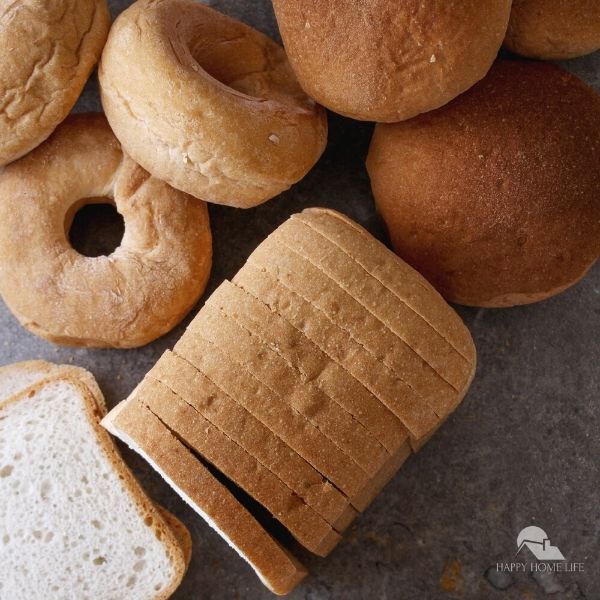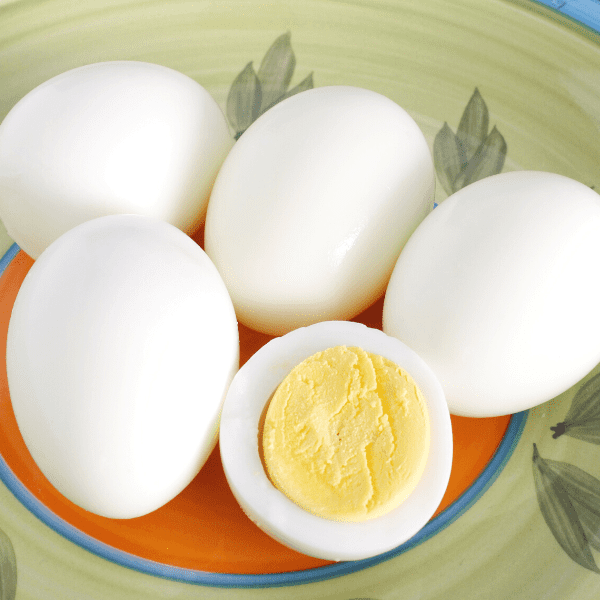When hosting a dinner party or gathering, one of the most important decisions to make is what sides to serve. The number of sides you choose should depend on a variety of factors, such as the size of your guest list, the type of main course being served, and your budget.
With the right combination of flavors and colors, even just a few sides can make a memorable meal. But there are also ways to offer simple yet delicious side dishes that will please any crowd.

How many side dishes should I serve?
When it comes to the number of side dishes to serve, a few factors come into play.
The first is the occasion – for a more formal dinner party or holiday gathering, you may want to offer a greater variety of sides than you would for a casual weeknight meal.
Another important consideration is the main course – if you’re serving a hearty dish like steak or roast chicken, you may not need as many sides as you would for a lighter entree like fish or roasted veggies.
As a general rule of thumb, 2-3 side dishes are a good starting point for most meals. This might include starch (like rice, pasta, or potatoes), a vegetable dish (such as roasted broccoli or sautéed green beans), and perhaps something with a bit more flavor or texture (such as garlic bread or roasted sweet potatoes).
You might enjoy these posts:
- 28 Side Dishes Ideas to Give Your Salmon Dinner a Boost
- What to Serve with Clam Chowder: 10 Yummy Side Dish Ideas
- How Many Side Dishes Should You Have for Thanksgiving?
Of course, this is just a starting point – depending on your personal preferences and the preferences of your guests, you may want to add or subtract from this list. If you’re unsure how many sides to serve, consider asking your guests in advance if they have any dietary restrictions or particular favorites they’d like to see on the menu.
For a more formal dinner party or holiday gathering, you may want to offer several side dish options to your guests. Three to five different side dishes can be a good range to aim for, depending on the size of your party and how many courses you plan to serve.
Alternatively, for a more casual meal or weeknight dinner, one or two simple side dishes may be sufficient. Think roasted vegetables or a simple salad.
Another factor to consider is the dietary restrictions and preferences of your guests. If you have vegetarian or gluten-free guests, make sure to have options available that cater to their needs.

How many sides per person?
When planning side dishes for a meal, aim for 2-3 different options with a total serving size of about 1/2 pound per person. For example, you could offer a salad, roasted vegetables, and mashed potatoes as sides for a dinner party of four, with each dish weighing roughly 4-6 ounces per person. This should provide enough variety and portion size to satisfy everyone’s tastes and appetites.
How many side dishes for 8 people?
When planning for side dishes for 8 people, it’s important to consider the variety and serving size. For example, you could have 2-3 different options (such as a vegetable dish, a salad, and a grain-based dish) to cater to different dietary preferences.
As for serving size, aim for around 4-6 pounds of total side dishes to ensure everyone has enough food. Of course, you can adjust these numbers based on your specific needs and preferences.
How many side dishes for 30 people?
When planning side dishes for 30 people, you could aim for around 5-6 different options to cater to various tastes and dietary restrictions. You’ll want a total serving size of about 15 pounds of sides, so make sure to adjust the quantities accordingly.
However, offering several side dish options might be more appropriate if you’re hosting a formal dinner party or holiday gathering.
In such cases, three to five different sides should be enough to cater to your guests’ tastes and dietary restrictions. Ultimately, the number of side dishes you serve should balance with the rest of the meal and complement it well without overwhelming your guests with choices.








